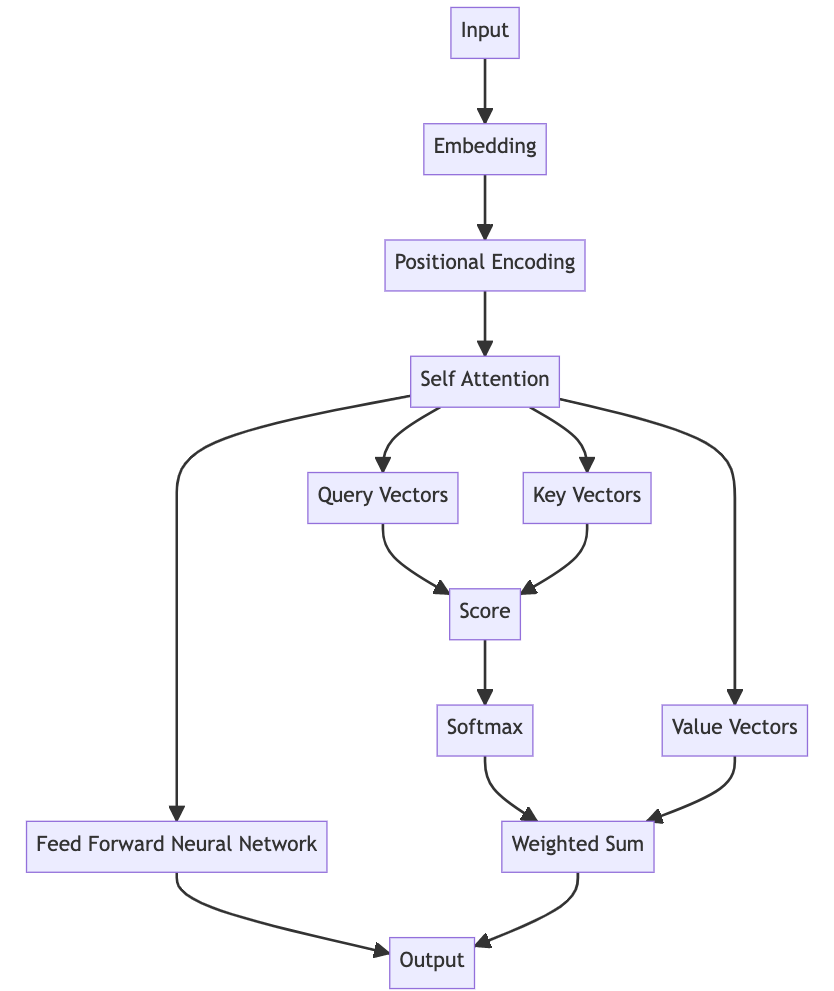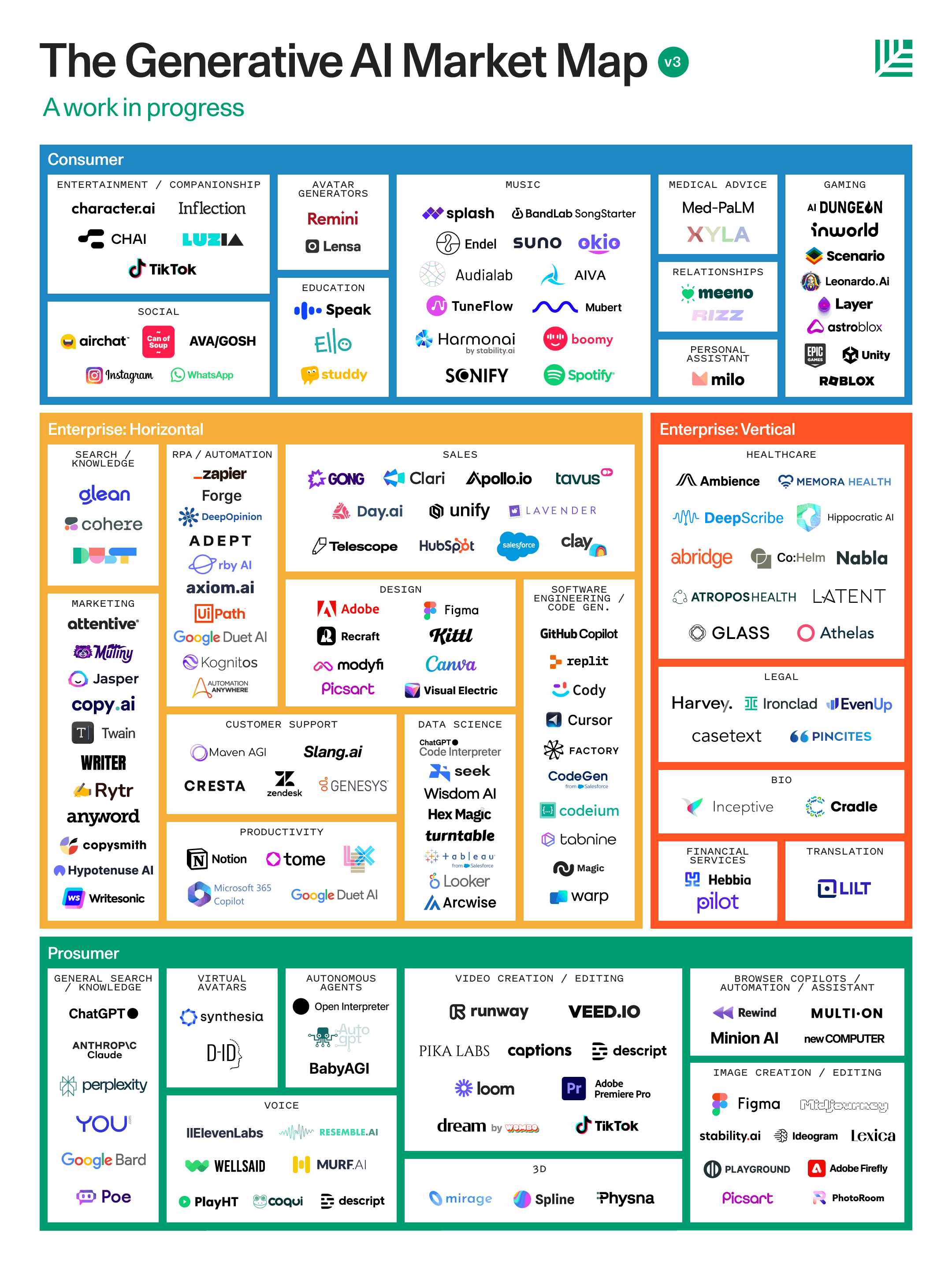- ZOOTECH - AI, Tech & Data Trends
- Posts
- Is Alibaba's New AI Model a Game-Changer?
Is Alibaba's New AI Model a Game-Changer?
Confirm Subscription
🚀 Is Alibaba's New AI Model a Game-Changer?
Alibaba has unveiled its latest AI innovation: Tongyi Qianwen 2.0, a cutting-edge model that, according to the company, surpasses the renowned DeepSeek-V3 in both accuracy and efficiency. This announcement has sent shockwaves through the tech world, signaling Alibaba's intent to lead the global AI race.
The new model boasts:
Enhanced natural language processing capabilities.
Superior multilingual support for seamless global applications.
Reduced energy consumption, making it environmentally sustainable.

Alibaba AI model announcement
🆚 Tongyi Qianwen 2.0 vs. DeepSeek-V3
The rivalry between Alibaba and DeepSeek is heating up, with Tongyi Qianwen 2.0 promising substantial performance advantages.
| Feature | Tongyi Qianwen 2.0 | DeepSeek-V3 ||-----------------------|--------------------------------|----------------------------|| Accuracy | 98.7% (Alibaba claim) | 96.4% || Multilingual Support | 40+ languages | 25 languages || Training Efficiency | 25% faster training cycles | Industry average speeds |
These figures suggest Tongyi Qianwen 2.0 is not just an incremental improvement—it’s a leap forward in key areas.

AI model comparison chart
🧠 Expert Insights
What do the experts say?
Dr. Lin Xiu, a prominent AI researcher, emphasized:"Tongyi Qianwen 2.0 could redefine industry benchmarks. Its multilingual capabilities alone are a game-changer for global businesses."
Meanwhile, tech analyst Samantha Green noted:"With the pressure Alibaba faces from competitors like DeepSeek, the speed of this release shows how fierce the AI competition has become. Alibaba is clearly aiming to dominate."
Such endorsements highlight the profound implications of this release—not just for Alibaba but for the AI ecosystem as a whole.

AI expert speaking at conference
🌐 Market Impact: Alibaba’s AI Shake-Up
The tech world is abuzz. Alibaba’s surprise release of its new AI model has sent shockwaves through the industry, leaving competitors scrambling to adjust their strategies.
🗣️ Industry Reaction
Rival firms are taking notice—and fast. Established players are investing heavily in R&D, hoping to close the gap. Meanwhile, smaller AI startups are pivoting, focusing on niche solutions to remain competitive. The overarching sentiment? Adapt, or risk irrelevance.

AI tech companies brainstorming
📈 Market Analysis
Alibaba’s bold move has already begun shaking up the stock market. Investor confidence in the company has surged, while competitors’ shares have seen slight dips amid growing uncertainty. This could signal a new wave of AI-driven mergers and acquisitions, as companies look to consolidate resources and accelerate innovation.
Beyond the numbers, this release is sparking a renewed focus on performance benchmarks, with firms racing to prove their models can match Alibaba's claims.
🔮 Future Projections
What’s next for the AI space? Experts predict a flood of announcements from competitors in the coming months, as companies rush to unveil their own advancements. Expect more multi-functionality in AI models, such as cross-platform integration and real-time adaptability.
Additionally, the pressure is on for tech giants to redefine “state-of-the-art.” This could lead to breakthroughs in AI ethics, scalability, and perhaps even the emergence of entirely new AI-driven industries.

AI futuristic trends and projections
🔍 Behind the Scenes: How Alibaba Built an AI Powerhouse
Innovation doesn’t happen overnight. The story of Alibaba's latest AI model, touted as a breakthrough in the field, is no exception. Behind the curtain lies a tale of ambition, relentless experimentation, and moments of pure ingenuity.
From Concept to Reality: The Development Journey
Alibaba’s journey to create this advanced AI model wasn’t without its hurdles. Engineers faced significant challenges in scaling the system to interpret complex datasets while maintaining efficiency.
One of the biggest breakthroughs came when the team pioneered a new architecture integrating dynamic neural networks. This innovation allowed the model to process information faster while using fewer computational resources—a critical advantage in today’s competitive AI landscape.

AI engineer in lab working on computer code
A Peek Under the Hood: What Makes It Superior
At the heart of Alibaba’s AI model lies a revolutionary feature: an advanced attention mechanism. This mechanism enhances the model’s ability to focus on the most relevant parts of incoming data, similar to how humans concentrate on specific details in complex tasks.
Another standout is its multi-task learning capability. Unlike traditional models, which excel at single-use cases, this system can simultaneously handle diverse applications, from natural language processing to predictive analytics.
The team also implemented a unique self-optimization protocol. In layman’s terms? The AI evolves as it’s used, refining its algorithms for better performance over time.

Flowchart of AI model architecture
Meet the Minds Behind the Model
This achievement wouldn’t have been possible without the bright minds behind the scenes. Leading the charge is Dr. Wei Zhang, a renowned AI architect with over a decade of experience in machine learning systems. Dr. Zhang’s leadership anchored the project, ensuring every phase adhered to rigorous quality benchmarks.
Working alongside him was a team of 50+ experts, including data scientists and algorithm engineers such as Mei Lin, an NLP specialist who contributed significantly to the model’s language understanding capabilities. Another key player, Rajiv Patel, spearheaded the integration of the self-optimization protocol—a feature now earning widespread acclaim.

Team of engineers brainstorming in high-tech office
The result? A model not just built to compete but to lead. And with the talent behind it, the success of Alibaba’s newest AI seems only the beginning.
💡 Unlocking Real-World Potential: Alibaba’s Game-Changing AI Model
Alibaba’s latest AI model isn’t just a technological milestone—it’s a tool that could redefine how industries operate. Its versatility and performance open exciting possibilities across various sectors. Let’s explore its impact.
🏥 Transforming Healthcare
Imagine AI that can predict medical conditions before symptoms fully emerge. With advanced diagnostic capabilities, Alibaba’s model promises to enhance early detection, streamline patient care, and accelerate drug discovery. Hospitals and clinics could see significant efficiency boosts.

AI in healthcare technology
💰 Revolutionizing Finance
The financial world stands to gain massively. This AI can bolster fraud detection systems, optimize trading algorithms, and personalize customer experiences in banking. From hedge funds to small financial startups, the implementation will likely cut costs and add precision to decision-making.
🚗 Driving Automotive Innovation
In the world of autonomous vehicles, precision is everything. Alibaba’s AI could enhance object recognition, making self-driving cars safer and smarter. Logistics companies might also see improved route optimization, saving time and money.

AI in self-driving cars
📣 What Are Users Saying?
Early adopters are impressed. One beta tester from a fintech firm noted, “The accuracy and speed of the model are unmatched—it's solving problems we didn’t even know we had.” Meanwhile, feedback from healthcare professionals highlights its adaptability in analyzing diverse datasets.
The consensus? Alibaba has delivered something truly transformational.
📋 How Can You Leverage It?
For businesses seeking to integrate this AI model, the approach is as innovative as the technology itself.
Start Small: Pilot the model in a single department or workflow before scaling up.
Partner with Experts: Collaborate with AI consultants or Alibaba’s own support teams for tailored solutions.
Evaluate ROI: Regularly assess how the AI implementation impacts efficiency, cost, and customer satisfaction.
The potential is vast, and the benefits are within reach. For industries prepared to adapt, Alibaba’s AI model is more than an upgrade—it’s an opportunity.
📈 Competitive Landscape: Alibaba’s Bold Leap in the AI Race
The AI race is intensifying, and Alibaba's latest release looks like a serious contender. But how does it stack up against its competitors? And where is the market headed next?
🏆 Competitor Comparison: Who’s in the Game?
Alibaba's AI model enters a fiercely competitive arena dominated by key players like:
DeepSeek-V3: The benchmark setter for performance, known for breakthroughs in natural language understanding.
OpenAI (GPT models): A global leader in generative AI, powering applications from chatbots to creative tools.
Baidu’s Ernie Bot: The Chinese powerhouse focusing on domain-specific AI solutions across industries.
While DeepSeek-V3 has been the darling of the Chinese market, Alibaba claims its model outpaces it in accuracy and efficiency. This could shift the balance dramatically in a tech ecosystem already crowded with rival innovations.

AI tech competitors
♟️ Strategic Moves: How the Giants Are Fighting
Alibaba’s sudden release appears to be a calculated move in response to DeepSeek’s meteoric rise. Recent industry trends include:
Strategic Alliances: Companies like Baidu are teaming up with universities and startups to accelerate development. Will Alibaba follow suit?
Acquisitions: OpenAI has been quietly acquiring smaller AI firms to enhance its edge. Could Alibaba eye similar targets to secure its dominance?
Global Expansion: Players like Google and Microsoft are expanding their AI applications to new markets. Alibaba's model might aim to capture untapped areas in Southeast Asia or Africa.
These moves suggest that competition isn’t just about breakthroughs—it’s about strategic positioning for long-term dominance.
🌍 Market Opportunities: Where Alibaba Could Lead
Alibaba’s new AI model presents a chance to carve out unique niches in an already crowded sector. Key market opportunities include:
E-commerce Personalization: Leveraging its AI for hyper-personalized shopping experiences on its own platforms. Imagine real-time product recommendations that truly understand the consumer.
Financial Technology: Enhancing fraud detection and financial forecasting, where rapid AI-based analysis is crucial.
Smart Cities: Applying its model to urban planning, traffic management, and resource allocation in China’s growing smart city initiatives.
These opportunities could be game-changers for Alibaba, but only if the company acts swiftly and decisively.

AI in smart cities
The AI battle is far from over, and Alibaba’s next steps will be watched closely by the entire tech world.
Start learning AI in 2025
Everyone talks about AI, but no one has the time to learn it. So, we found the easiest way to learn AI in as little time as possible: The Rundown AI.
It's a free AI newsletter that keeps you up-to-date on the latest AI news, and teaches you how to apply it in just 5 minutes a day.
Plus, complete the quiz after signing up and they’ll recommend the best AI tools, guides, and courses – tailored to your needs.
🌟 Spotlight on Innovation: The Game-Changing AI From Alibaba
Alibaba’s latest AI model isn’t just an upgrade—it’s a statement. Packed with features that push boundaries, it’s poised to reshape how we think about artificial intelligence.
🛠 Innovative Features Redefining the Standard
This new model incorporates groundbreaking architecture that leverages adaptive learning algorithms, allowing it to outperform DeepSeek-V3 in complex tasks. Its multi-modal capabilities mean it can process and analyze text, images, and audio simultaneously—something few competitors have mastered.
Another standout? Its energy efficiency. Alibaba claims the model uses 30% less computational power, setting a benchmark for sustainable AI innovation.

Illustration of AI neural network with futuristic designs
🔬 Driving the AI Research Frontier
The release of this AI model is more than a technological leap—it’s a call to action for researchers. By outperforming DeepSeek-V3, Alibaba has proven that cutting-edge models can still find room for optimization.
Expect a ripple effect in AI research. From natural language processing advancements to reinforcement learning models, Alibaba’s success will likely inspire new explorations into untouched areas.
Moreover, its efficiency-focused design could encourage scientists to prioritize energy consumption metrics in future AI development.
🔮 What Could Come Next?
While this model has already set a higher bar, insiders speculate the potential for real-time decision-making capabilities in future iterations. This could be invaluable in industries like autonomous driving and financial trading.
Another possibility? Integration with quantum computing frameworks, which would catapult its processing power exponentially.
Alibaba’s new AI model doesn’t just step into the future—it builds it.

Futuristic AI robot integrated with quantum systems
AI, tech, and data science insights, trends, and tools.


Reply